Specifications and features
In addition to the camera’s 20.2-Mpix sensor and dual Digic processors, the new Canon EOS-1D X Mark II features a 61-point high-density reticular AF II system (all user-selectable with 41 cross-type sensors). All of the sensors support AF for lenses with an effective aperture of f/8, and that includes lenses like the 600mm f4 with a 2x teleconverter. The camera is also the first EOS-1 model to adopt a 360Kpixel RGB+IR metering sensor for enhanced facial/scene recognition as well as subject tracking. The new camera adopts a 3.2-inch 1.62m-dot touchscreen LCD monitor, and features some high-end video capabilities, including DCI 4K with frame rates up to 60p, and HD video at 120p. As a pro model, the camera measures 6.2 x 6.6 x 3.3” / 158 x 167.6 x 82.6mm and weighs 3.37 lb / 1530g, body only (with battery and card).
The Canon EOS-1D X Mark II is available now and will set you back $6,299 (USD).
- 20.2-Mpix full-frame CMOS sensor
- Digic 6+ image processor
- 3.2-inch 1.62m-dot touchscreen LCD monitor
- DCI 4K video at up to 60 fps
- 61-point high-density reticular AF II system
- Dual Pixel CMOS AF and Movie Servo AF
- ISO up to 51,200 and 409,600 with expansion
- 14 fps shooting in RAW with AE/AF; 16 fps in LV mode
- Built-in GPS
- CFast and CF card slots
Measurements: Best-performing sensor in the range
Canon’s newly-developed sensor achieved an overall DxOMark score of 88 points, making it the best-performing sensor in the company’s range. Some small gains were made in both low ISO and high ISO color noise levels, but more significant is the widening of the dynamic range from base (ISO100) to ISO3200. The 13.5 EV dynamic range at base is the best in the maker’s range.
Comparison 1: Canon EOS-1D X Mark II vs. Canon EOS-1D X vs. Canon EOS 1Ds Mark III: Expanded low ISO DR
Against its predecessor the Canon EOS-1Dx and the earlier EOS-1Ds Mark III, the new model’s sensor shows some slight improvement in color sensitivity and SNR at different ISO settings, and a significant improvement in dynamic range.
At ISO100, the EOS-1D X Mark II has a +1.5-1.7EV advantage over both models and still maintains a wider range, albeit lower at +0.8EV at ISO800 compared to the Mark I. It has a staggering +1.7EV advantage over the Mark III at that setting, and it widens to 2EV at ISO3200, though admittedly it’s not so impressive by then against the Mark I.
The new model also shows some improvement in high ISO noise levels against its predecessor, with around a +0.25EV advantage, but practically a +1EV gain over the older Mark III. That makes the new model a tempting proposition, not just for action and wildlife, but for landscape photographers as well.
Canon EOS-1D X Mark II vs. Nikon D5 vs. Sony A7 II: Excellent all-round performance
There is really only one serious rival to the Mark II, and that’s the recently-introduced Nikon D5. The two top models have never been closer in their specs before. It’s ironic, then, that while the two achieve an identical DxOMark sensor rating, the two perform quite differently.
We’ve also compared the Mark II with the class leader at this resolution, the Sony A7 II. The sensor isn’t capable of 4K video and it tops just 5 fps, but we’ve included here for reference.
The Canon performs exceptionally well. Not only does it have a wider useful dynamic range at base and low ISOs than the Nikon, it’s not far behind the Sony, and that small difference won’t be noticed in use. The Canon sensor continues to offer a wide dynamic range at every ISO setting, improving on the Sony from ISO800 onwards, and falling only slightly behind the Nikon’s strong performance from ISO6400 onwards. Indeed, the difference at most is around +0.6EV. Canon cameras are known for high ISO noise performance, and the Mark II surpasses both the Nikon and Sony by nearly +0.5EV.
Conclusion
This is a well-deserved result for Canon, and this versatile sensor should prove attractive to a wide range of photographers, including those that work in multiple disciplines. The wide dynamic range at low ISOs should appeal to all photographers, but especially those using it for landscapes, and the low noise at high ISOs will also appeal to action and sports photographers. Although the new model is aimed primarily at that market, the increase in pixel count over its predecessor now matches that of the earlier EOS-1Ds Mk III, a model that’s still highly regarded for editorial and commercial work. It is not too much of a stretch to view the new EOS-1D X Mk II as the natural successor to that camera, and its wide range of capabilities, including DCI 4K video, make it look highly tempting. Sure, it would have been great to see a higher pixel count, but overall, the sensor performance offers photographers the versatility to tackle a wide range of assignments with just one camera.


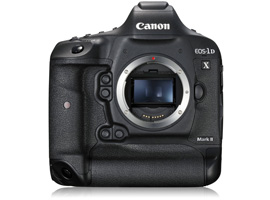



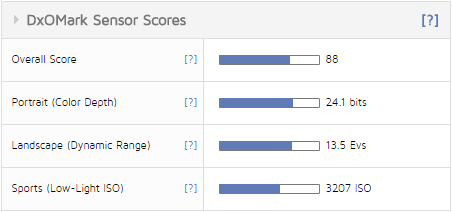
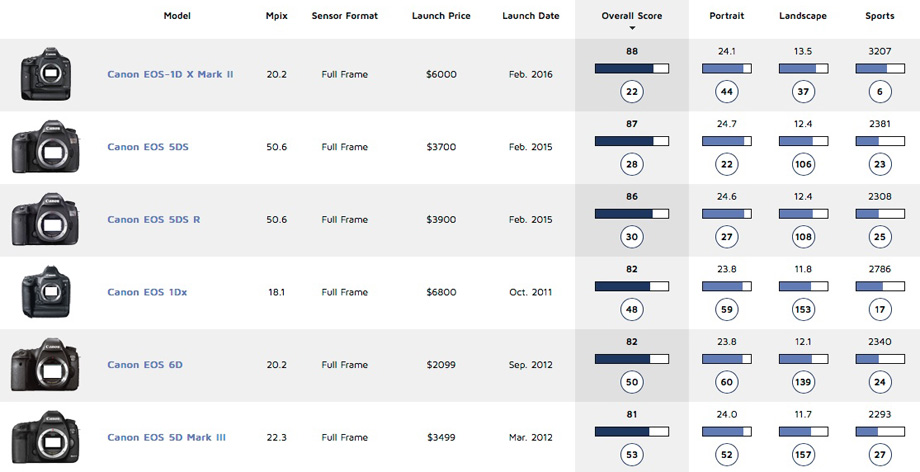
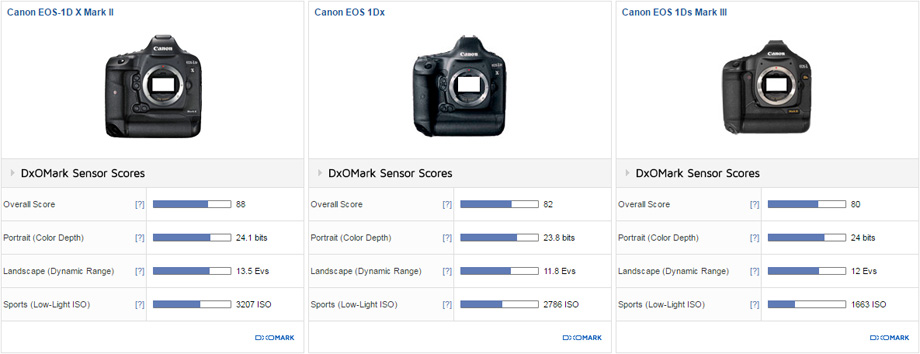
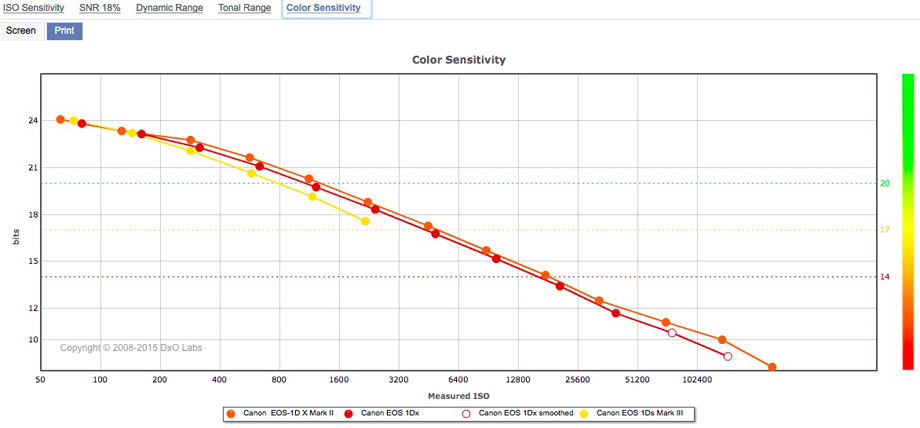
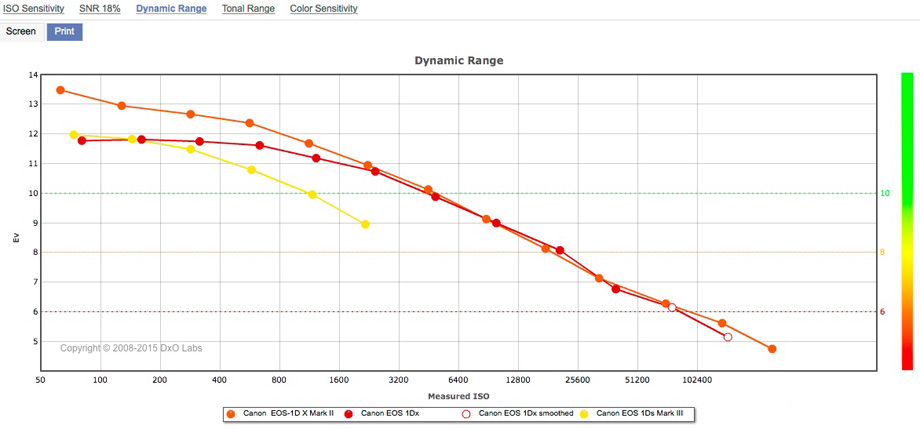
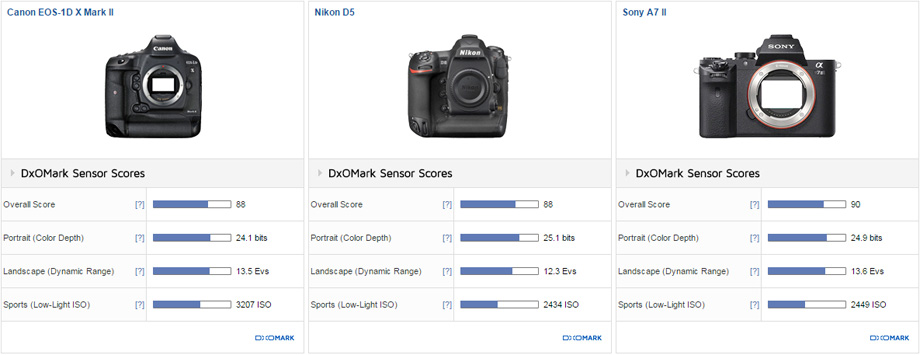
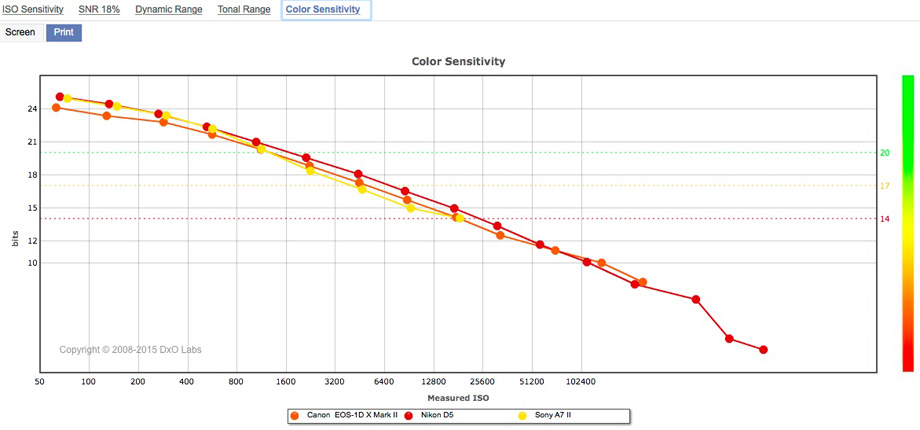

DXOMARK encourages its readers to share comments on the articles. To read or post comments, Disqus cookies are required. Change your Cookies Preferences and read more about our Comment Policy.